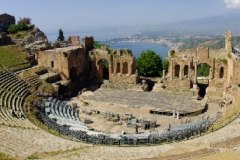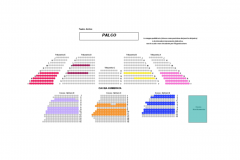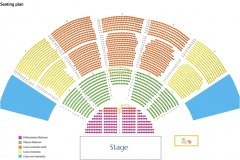Antonello Venditti
September 2025 | ||||||
|---|---|---|---|---|---|---|
Mo | Tu | We | Th | Fr | Sa | Su |
Antonello Venditti, born on March 8, 1949, in Rome, Italy, is a distinguished singer-songwriter and pianist renowned for his profound impact on Italian music. He began his musical journey at a young age, composing his first song, "Sora Rosa," at 17. His early involvement with Rome's Folkstudio introduced him to artists who shared his interest in addressing social and political issues through music.
In 1972, Venditti collaborated with Francesco De Gregori to release "Theorius Campus," an album that marked his entry into the music scene. The track "Roma Capoccia," a heartfelt tribute to his native city, garnered significant attention and established him as a prominent figure in Italian music.
Throughout the 1970s, Venditti's music was characterized by its socially conscious themes, addressing issues such as politics, religion, and societal challenges. Albums like "Lilly" and "Ullàlla" showcased his commitment to blending melodic compositions with poignant lyrics, resonating with a generation seeking change.
Venditti's passion for Rome remained a central theme in his work, with many compositions reflecting his deep connection to the city. His ability to intertwine personal narratives with broader social commentary has solidified his status as an influential artist. Over a career spanning more than five decades, Venditti has continued to evolve, adapting to changing musical landscapes while maintaining the authenticity that defines his artistry.
Program and cast
Teatro Antico di Taormina
Ancient theatre of Taormina
Description
The ancient theatre (the teatro greco, or "Greek theatre") is built for the most part of brick, and is therefore probably of Roman date, though the plan and arrangement are in accordance with those of Greek, rather than Roman, theatres; whence it is supposed that the present structure was rebuilt upon the foundations of an older theatre of the Greek period. With a diameter of 120 metres (390 ft) (after an expansion in the 2nd century), this theatre is the second largest of its kind in Sicily (after that of Syracuse); it is frequently used for operatic and theatrical performances and for concerts. The greater part of the original seats have disappeared, but the wall which surrounded the whole cavea is preserved, and the proscenium with the back wall of the scena and its appendages, of which only traces remain in most ancient theatres, are here preserved in singular integrity, and contribute much to the picturesque effect, as well as to the interest, of the ruin. From the fragments of architectural decorations still extant we learn that it was of the Corinthian order, and richly ornamented. Some portions of a temple are also visible, converted into the church of San Pancrazio, but the edifice is of small size.

 EN
EN DE
DE IT
IT FR
FR ES
ES RU
RU JP
JP RO
RO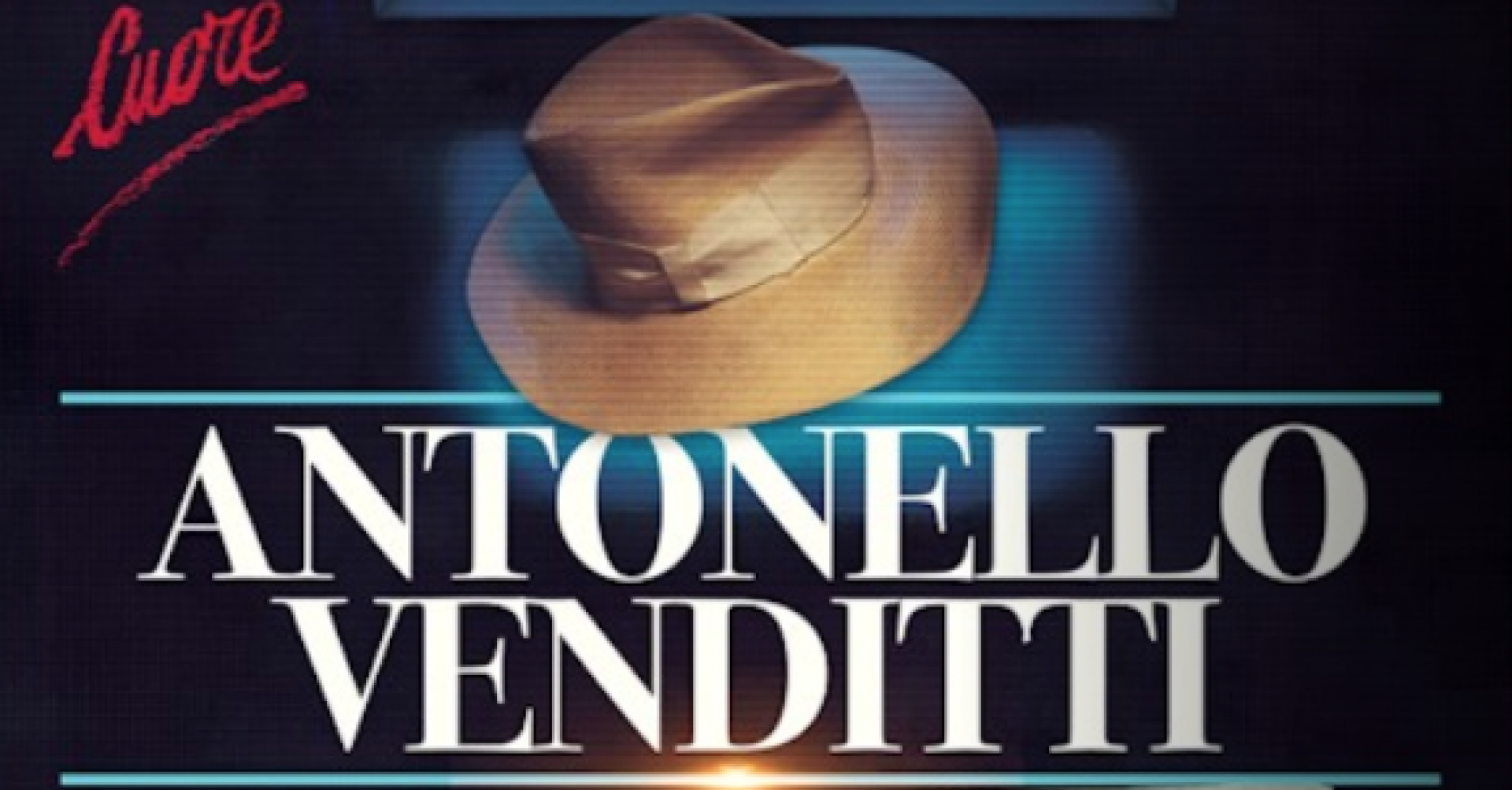
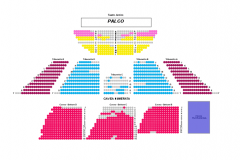 Seating plan
Seating plan 